Contents
Contents
Species Descriptions and Colour Plates
William Collins
An imprint of HarperCollinsPublishers
1 London Bridge Street
London SE1 9GF
WilliamCollinsBooks.com
This eBook edition published by William Collins in 2018
Copyright Norman Arlott, 2018
Norman Arlott asserts the moral right to be identified as the author of this work.
Cover artwork by Norman Arlott.
A catalogue record for this book is available from the British Library.
All rights reserved under International and Pan-American Copyright Conventions. By payment of the required fees, you have been granted the non-exclusive, non-transferable right to access and read the text of this eBook on-screen. No part of this text may be reproduced, transmitted, downloaded, decompiled, reverse engineered, or stored in or introduced into any information storage and retrieval system, in any form or by any means, whether electronic or mechanical, now known or hereinafter invented, without the express written permission of HarperCollins Publishers.
Source ISBN: 9780008102395
Ebook Edition May 2018 ISBN: 9780008102401
Version: 2018-05-04
It is my pleasure to dedicate this book to Isla, Ella and Jacob.
The format of this book follows that of my Palearctic, West Indies, North America and Greenland, India and South-East Asia volumes.
Although my brief was, predominantly, to produce an illustrated checklist (space would not allow me to produce a full field guide), it is hoped that within these pages I have given a helpful nudge towards what to look for when searching for new birds as well as providing a reminder of birds seen.
Most of the text in this book is based on the type of notes I make before embarking on a field trip to a new area. Hopefully the text will, along with the illustrations, help to identify most birds encountered in the Greater Sundas, the Philippines and Wallacea. Obviously, the use of more in-depth tomes will be required for some of the trickier species (see Further Reading).
I can only hope that with this work I have been able to add to the pleasure of anticipation or memory, and perhaps even added some extra piece of knowledge about the birds of this vast region.
This book covers the Greater Sundas, the Philippines and Wallacea (see ). Although Sumatra, Java, Bali and Borneo are known collectively as the Greater Sundas, it was decided, due mainly to their large size, to refer to each of them individually. Because of their abundance of smaller islands, the Philippines and Wallacea are referred to in a more general way, although Wallacea has been split into Sulawesi, the Lesser Sundas and the Moluccas (Maluku). This may seem unfair, but where deemed important, individual islands or archipelagos are mentioned from these areas. Also included are the endemic species from Christmas Island in the Indian Ocean.
I have endeavoured to include every species recorded in the region, apart from non-established introductions, and also as many of the major subspecies as possible. To keep the book to a manageable size, no juvenile plumages have been illustrated, although, when thought necessary and room permits, a short passage in Field notes has been included.
The abbreviations and symbols used on the plates are as follows:
 = male,
= male,  = female, br = breeding, n-br = non-breeding.
= female, br = breeding, n-br = non-breeding.
In the main I have followed the nomenclature used by the International Ornithological Congress (IOC). I have, as in my previous volumes, tweaked the order of species to aid plate composition. In most cases this is because I prefer to have similar-looking species close to one another to help identification after all, that is the main purpose of the book. Hopefully this will not cause too much aggravation.
I have headlined the English names I believe are used by most birders in the field, which means that in many cases I have reverted to old school names rather than some of the more modern interpretations. (Most of these new names, along with other well-used names, are included in parentheses.)
The illustrations should be all that you need to identify a specific bird, but with some of the trickier species more information is needed, hence the Field notes, Voice, Habitat and Distribution sections.
FIELD NOTES: Because of the need to keep text to a minimum, this section rarely mentions those aspects of a bird that should be obvious from the illustrations, e.g. wing-bars, bill shape and so on. It is used mainly to point to a birds habits or to mention facets of identification that are hidden in a standing or perched bird.
VOICE: Probably the first sign of a birds presence. The descriptions are shown in italics. Where space has allowed, I have included different interpretations of the same song. Although it is difficult to produce an accurate reproduction of bird songs or calls in the written word, this section is worth studying to get a feel for what is often the most important area of bird identification.
HABITAT: The main habitat preferences mentioned are those in which a species breeds; wintering habitats are included if appropriate.
DISTRIBUTION: Mainly general, so should be read in conjunction with the maps.
Distribution maps () are provided for many species except vagrants and those seen rarely, those with a distribution that is adequately covered in the text, species that have been recently introduced, and those that spend most of their time at sea or occur only on offshore islands. The maps should be used only as a rough guide to where a species can be found at different times of the year. Red  areas indicate where a species may be found in the summer on its breeding grounds; blue
areas indicate where a species may be found in the summer on its breeding grounds; blue  shows where it is found in winter when not breeding; and purple
shows where it is found in winter when not breeding; and purple  areas are where a species is a year-round resident.
areas are where a species is a year-round resident.

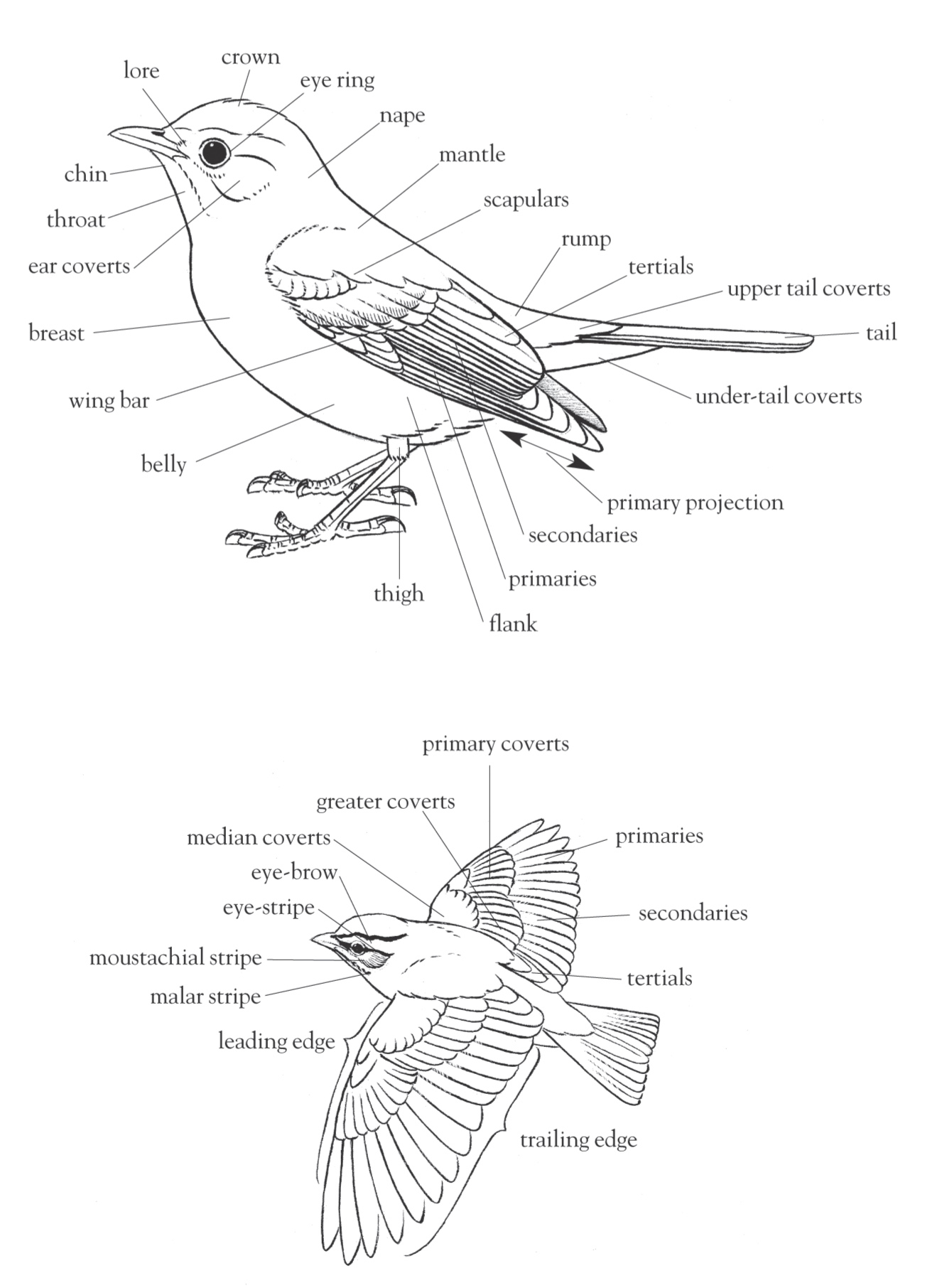

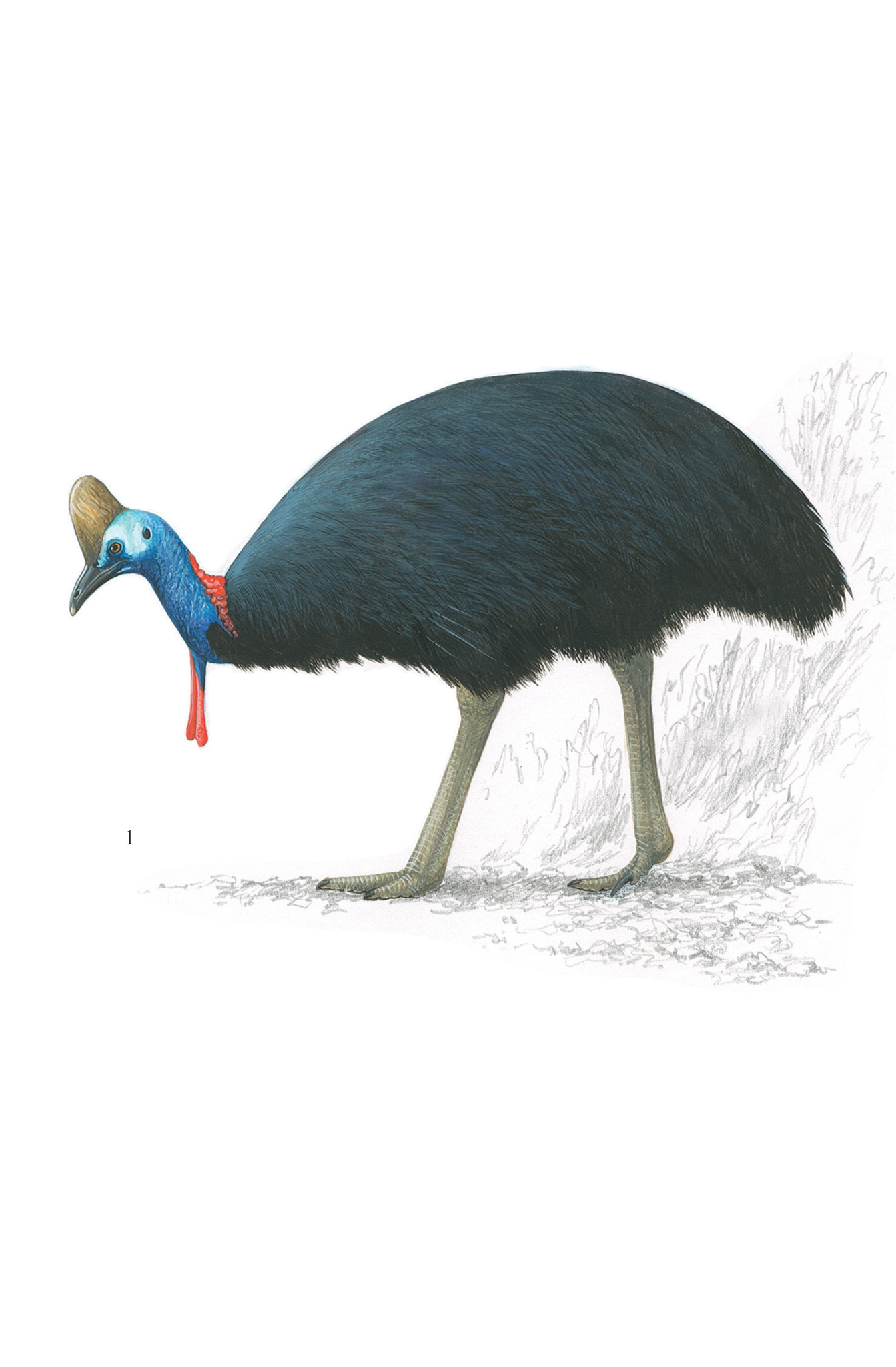
1 SOUTHERN CASSOWARYCasuarius casuarius 130170cm FIELD NOTES Immature brown with dull bare skin areas and a much-reduced casque. Length of adult wattles and casque very variable, and bare skin colours brighter in females. Shy, usually solitary. Presence often revealed by piles of orange or purplish droppings. VOICE: Various grunts, rumblings, roars and hollow-sounding booming. HABITAT Lowland and hill forest. DISTRIBUTION: Resident in Seram in the S Moluccas.

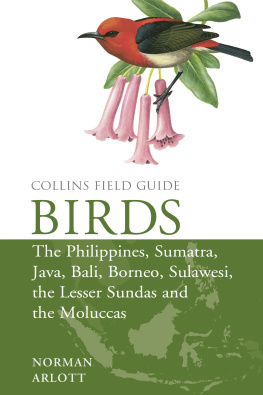
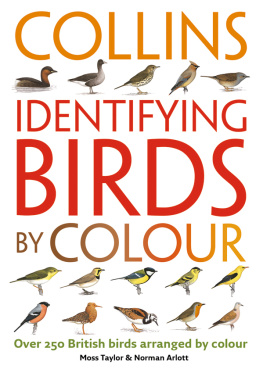

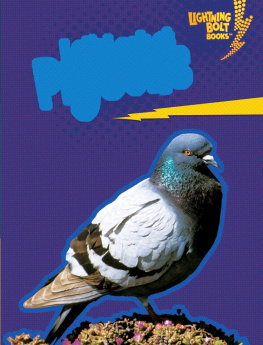
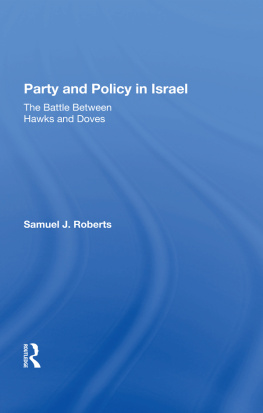


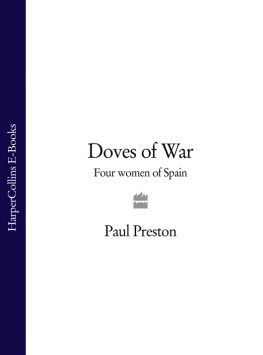
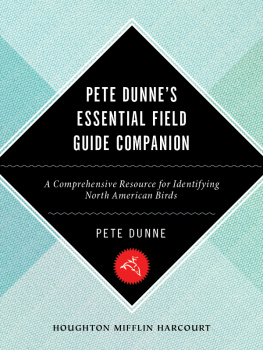


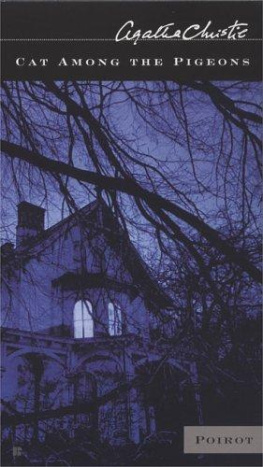



 = male,
= male,  = female, br = breeding, n-br = non-breeding.
= female, br = breeding, n-br = non-breeding. areas indicate where a species may be found in the summer on its breeding grounds; blue
areas indicate where a species may be found in the summer on its breeding grounds; blue  shows where it is found in winter when not breeding; and purple
shows where it is found in winter when not breeding; and purple  areas are where a species is a year-round resident.
areas are where a species is a year-round resident.


